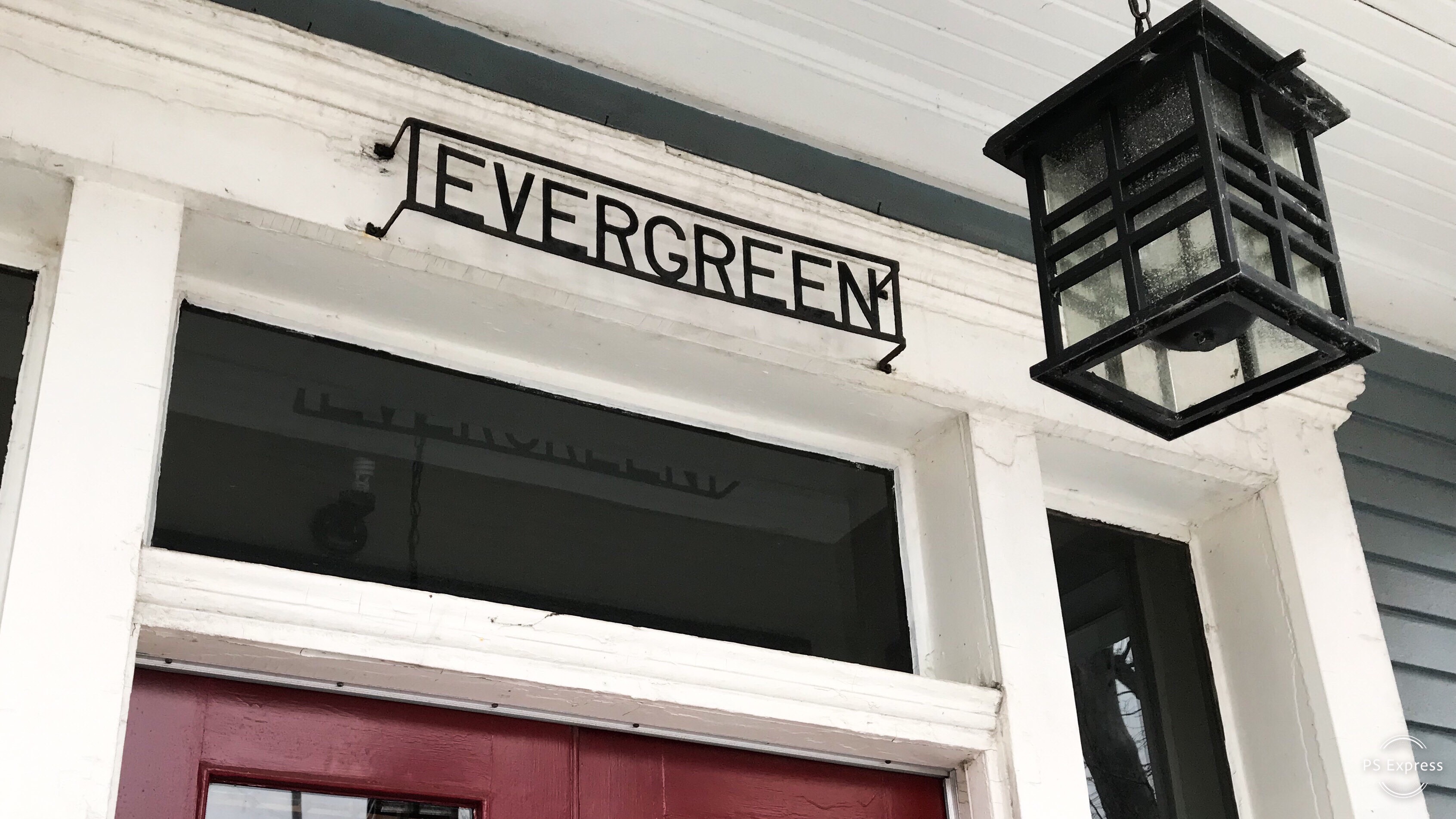Names
How Bluenosers were inspired to name houses
Historian documents over 1,000 historical house names in Nova Scotia

caption
Built in 1867, Evergreen House in Dartmouth was named after the evergreen trees that once lined its driveway.If you love where you live, Joseph Ballard hopes to inspire you to name your home.
Ballard, a historic preservation consultant and architectural historian, said house naming was a popular Nova Scotian custom in the 19th century. He explored this in his book, Historic House Names of Nova Scotia.
“Who knows, maybe in some small way, maybe my book will encourage people to bring the tradition back,” Ballard said in an interview.
When conducting his research, he looked at old newspapers that referenced social events in named homes.
“They would have these little blurbs, briefs, that might only be a sentence or three sentences, and they were basically gossipy items,” said Ballard.
He documented over 1,000 names and discovered that most homes were named after trees and flowers on a particular property.
“The Victorians were so crazy about ferns. They would pick them beyond belief and then use them to decorate the inside of their homes,” said Ballard. “You get names like Fernbank, Ferndale, Fern Cottage, Fernwood.”
Roses were also a favourite, with variations such as Rosebank, Rosebank Cottage and Rose Cottage.

caption
Evergreen House at the Dartmouth Heritage Museum. In the 19th century, house naming was a common Nova Scotian tradition.Ballard said Evergreen House at the Dartmouth Heritage Museum was historically known as Evergreen. The house got its name because of the trees that were outside, said Julia Clarke, visitor services officer at the museum.
“It’s because Albert Street was the driveway, the carriageway for this house, and so, it was lined with evergreen trees,” Clarke said.
She said the Evergreen House had other names in reference to the James family that lived there.
‘Part of our identity’
House names were also inspired by military battles or a person’s job, such as a sea captain who lived at The Anchorage and a minster who lived at The Hermitage.
“What we do is so much a part of our identity,” Ballard said.
Characteristics of a property’s landscape also inspired house names. Halifax once had a Triangle Cottage at the intersection of Kempt Road and the old Windsor road.
“[The house] wasn’t shaped like a triangle, but the plot of land that the house was on was essentially a triangle,” Ballard said.
The most interesting names to Ballard were those inspired by works of literature. In Nova Scotia there were homes named Bleak House after the novel by Charles Dickens. Waverley, Waverley Cottage and Ravenswood were names inspired by Sir Walter Scott’s work.
Ballard said house naming is still common in Britain, where mail can be addressed to a house’s name rather than a street address.
In Nova Scotia, Ballard notes house naming seemed to decline around the Second World War. He thinks this resulted from more modern building materials being available and the trend to move frequently, or “trading up,” to larger homes.
He would like to see the house naming tradition revived in Nova Scotia.
“We like to name things anyway, right? As human beings, it’s almost surprising that we got away from naming our houses,” Ballard said.
Cottage names
A 19th-century Dartmouth home named Woodside once had a moving poem written about it.
“If something like your home really means a lot to you, how do you even write a poem about it if it’s not named?” Ballard said.
Ballard named his own farmhouse Gooseberry Cottage. He was inspired by the gooseberries that flourished on the property.
“I thought if I’m going to act like an expert on the subject, I should immerse myself in the tradition and go through the process,” he said.
Cottage was one of the most common suffixes in the house naming tradition.
“When we say cottage today, a lot of people tend to think of … the summer home or the weekend getaway. That’s not the meaning it had back in the 19th century,” Ballard said. Back then it meant a “picturesque house.”
Ballard, who is a past president of the Heritage Trust of Nova Scotia, is giving a presentation on his research, The Bluenose Tradition of House Naming, at the Museum of Natural History on Thursday at 7:30 p.m.

